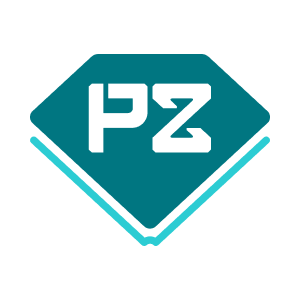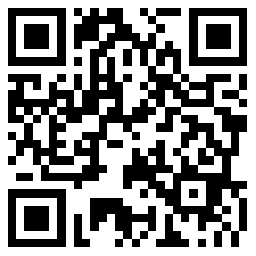NO.PZ2025040202000022
问题如下:
A French manufacturer receives fixed USD amounts for products exported to the United States. The company is concerned that the USD will depreciate versus the EUR over the next year and considers buying a put option on the USD. The risk-free rate is 4.9% in the United States and 3.3% in Europe, and the current exchange rate is 1.09 USD/EUR (1.09 USD per 1 EUR). The appropriate carry rate and underlying price to use in the Black–Scholes–Merton model to value the USD put option are closest to:选项:
A.A.3.3% and 0.92. B.B.4.9% and 0.92. C.C.4.9% and 1.09.解释:
A Incorrect because the carry benefit is the interest rate in the foreign country because the foreign currency could be invested in the foreign country’s risk-free instrument. The carry benefit is therefore the US risk-free rate of 4.8%, not the risk-free rate in Europe of 3.3%.
B Correct because the company is domiciled in France and therefore the EUR is the home currency. Since, when quoting an exchange rate, we will give the value of the domestic currency per unit of the foreign currency, called the foreign exchange spot rate. With currency options, the underlying instrument is the foreign exchange spot rate. The exchange rate should be quoted as EUR/USD: 1/1.09 = 0.9174 ≈ 0.92. Also, the carry benefit is the interest rate in the foreign country because the foreign currency could be invested in the foreign country’s risk-free instrument. The carry benefit is therefore the US risk-free rate of 4.9%.
C Incorrect because when quoting an exchange rate, we will give the value of the domestic currency per unit of the foreign currency, the exchange rate should be quoted as EUR/USD: 1/1.09 = 0.9174 ≈ 0.92.
李老师不是说用本币的汇率来折现,把投资外币的收益当作姑息处理吗?



